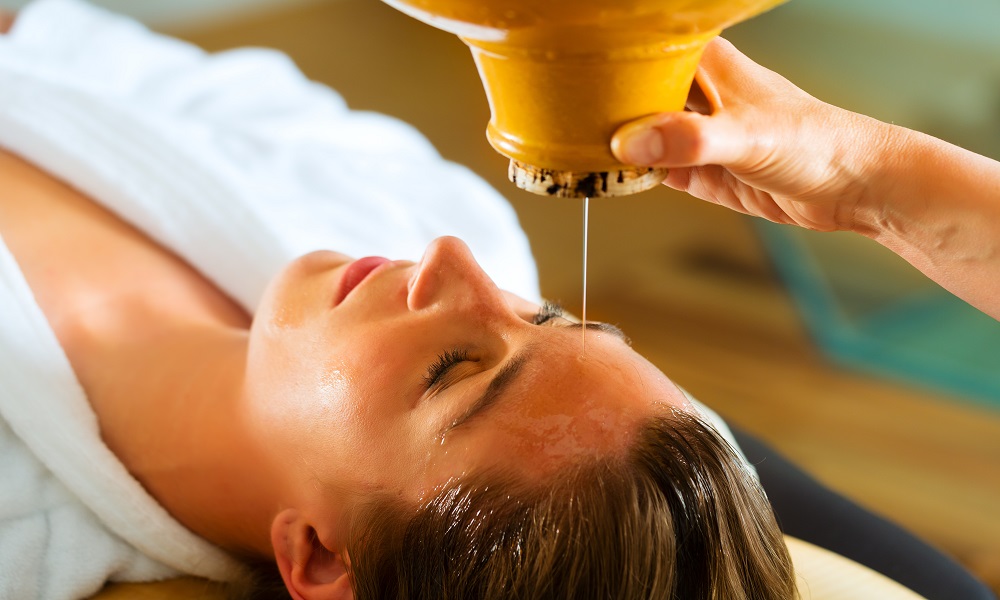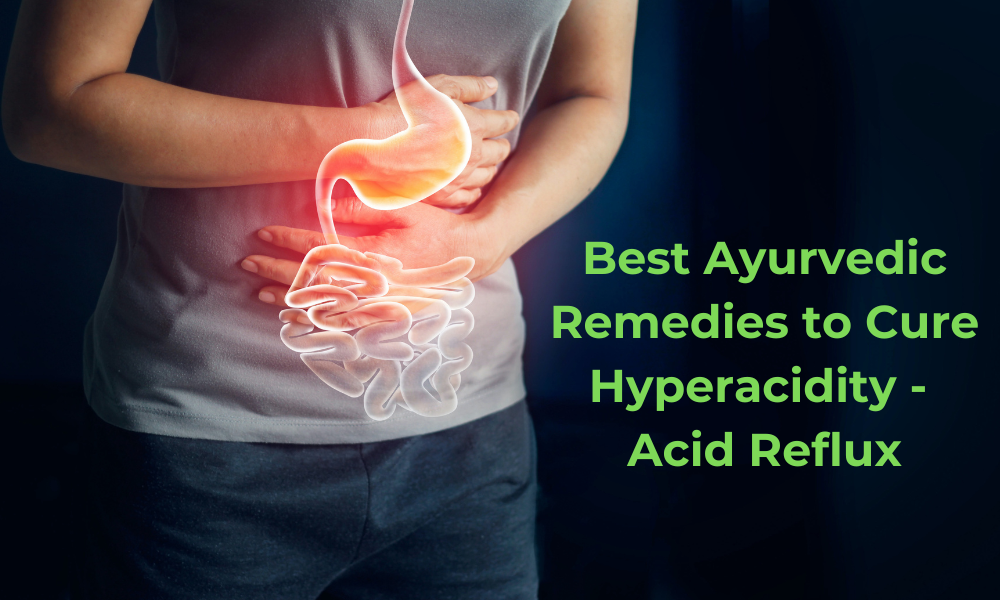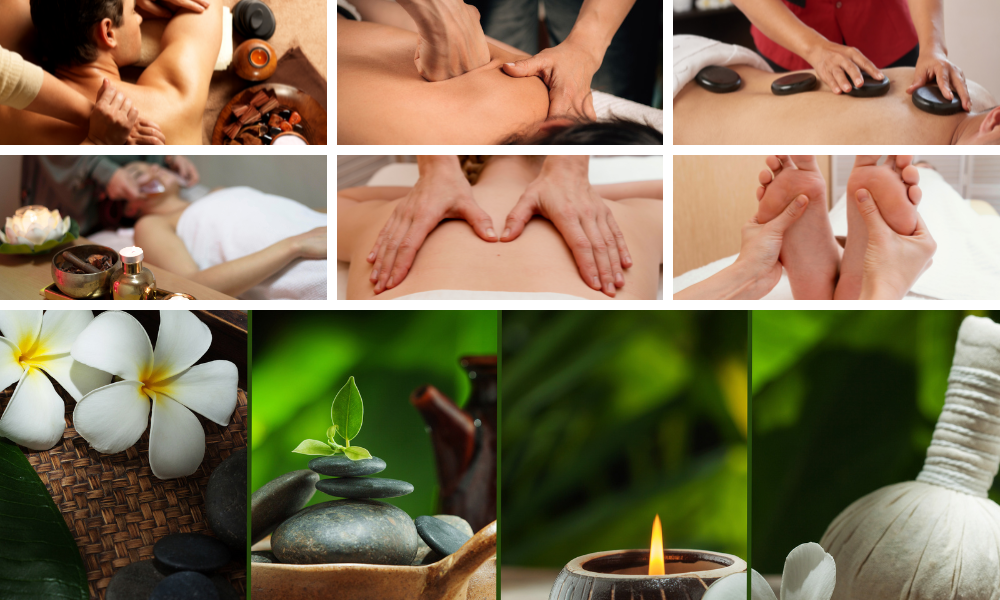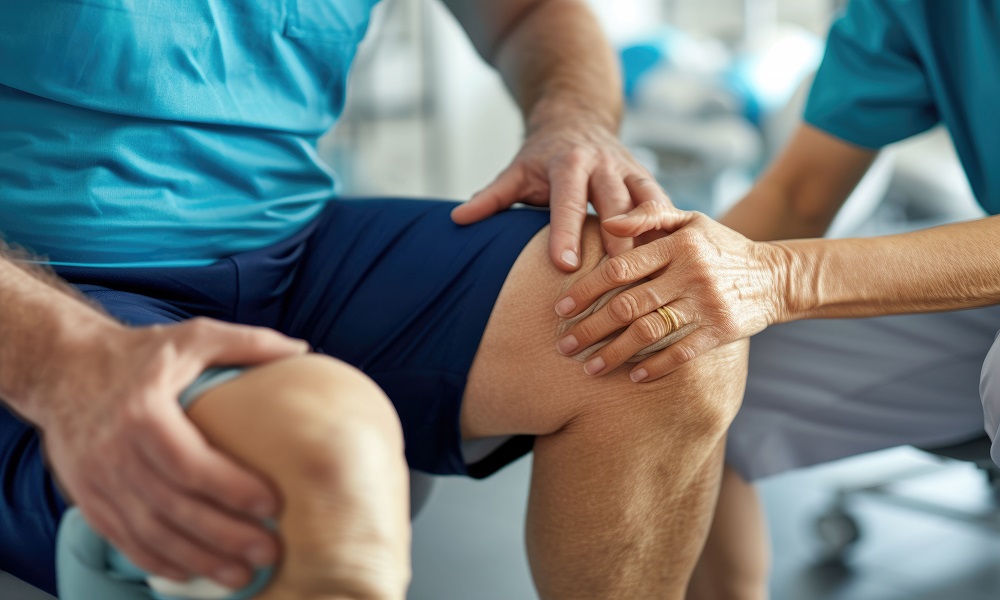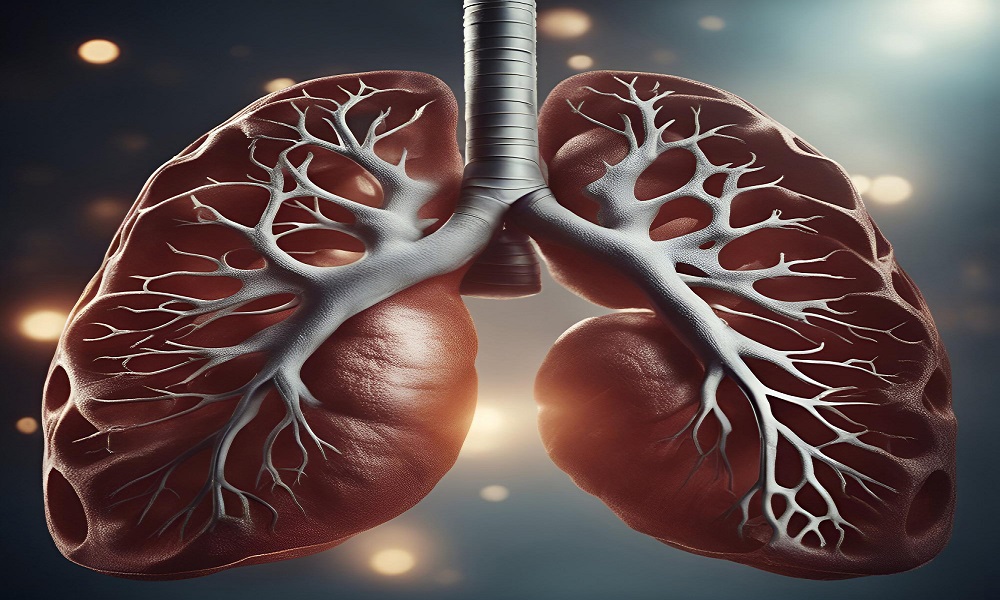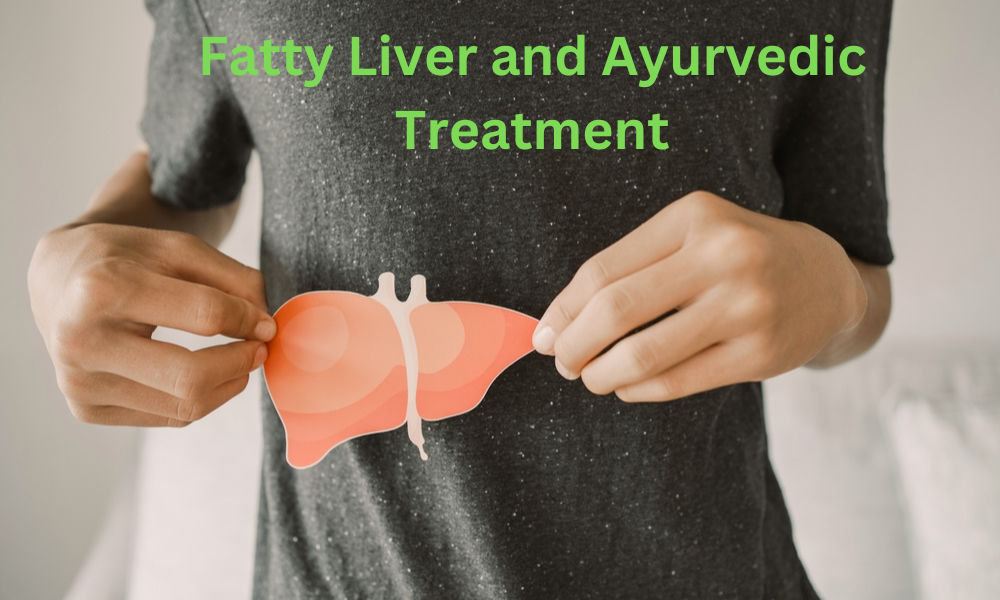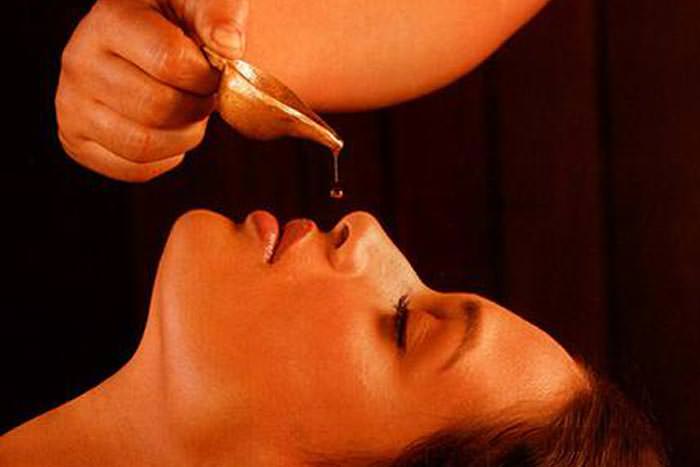Shirodhara Treatment | Shirodhara Therapy : Procedure & Benefits
By: Nimba - June 12, 2024
By inducing pleasure, the therapeutic effects of hair massage help you forget your cares and fall asleep more quickly. Shirodhara is a more calming and therapeutic head massage that has many positive effects on the body and mind. Thus, Shirodhara is much more beneficial if you think head massages are wonderful. This involves dropping oil on the forehead and finishing with a gentle massage. Indeed, it is as soothing as it seems. To put it simply, Shirodhara therapy involves applying medicinal oil to the forehead. Let’s take a closer look at the process.
The patient lies on their back while undergoing this Ayurvedic therapy. The following procedure involves pouring heated, medicinal oil over the forehead from a specific height. The oil then cascades down the scalp and around the forehead before the practitioner gently massages it into the skin.
Regular head massages can improve hair follicles and promote relaxation and sleep, but the advantages of Shirodhara are far greater. It is a miraculous procedure that helps move lymphatic fluids, increase blood circulation, calm high doshas, relieve tension, and exfoliate dead skin.
Shirodhara, when administered by a qualified professional, can aid in the removal of toxins, lessen mental exhaustion, and enhance brain function. Ayurvedic medicine suggests using medicated oil, milk-based solution, herbal decoction, or aqueous formulation for Shirodhara treatment. Depending on the therapeutic advantages you’re looking for.
How It Operates Shirodhara Therapy
A calming effect is produced when the medicinal oil or any other herbal concoction is applied to the forehead. Peripheral nerves carry this feeling to the hypothalamus. Hormones are either released or inhibited by the hypothalamus in response to emotional or physical events. The body’s secondary hormones then become active and set off the appropriate reaction.
Shirodhara can assist in balancing your body and mind by regulating these hormones. It can ease tension, encourage sound sleep, and quiet an anxious mind. Furthermore, applying heated medicinal oil can increase blood circulation and widen blood vessels, which will strengthen brain function and combat mental tiredness.
It’s interesting to note that serotonin levels are likewise controlled by Shirodhara. A healthy hormone that stabilises mood and gives you a sense of stability is serotonin. Excessively high serotonin levels, however, have the opposite effect. Symptoms of high serotonin levels include shaking, excessive perspiration, diarrhoea, restlessness, etc. A powerful treatment for fostering serenity and reducing long-term stress is shirodhara.
A skilled Shirodhara treatment might help you find calm and ease your tense nerves if you’re burned out from too much work pressure or are having trouble coping with a personal loss.
Shirodhara’s advantages
In order to maximise the health advantages, Shirodhara is a comprehensive therapy administered in a specially designed setting utilising specialised procedures and materials. Let’s examine a few of the main advantages of Shirodhara.
Makes Intuition Active
The ‘third eye’ is said to open during Shirodhara therapy, leading to an increased level of awareness. Buddhists characterise it as a state of spiritual awakening or full awareness that allows one to view one’s own prior trauma and painful experiences from an angle that was previously unavailable. Using an alternative viewpoint provides individuals with mental clarity and the determination to proceed in life.
Enhances Sleep
When did you most recently have a baby-like sleep? Unable to remember? If you have trouble falling asleep, you may put the blame on the weather or your mattress, but most of the time it’s a neurological issue or an overactive mind. Shirodhara is a therapy that promotes sleep. However, that does not guarantee that it will put you to sleep straight away. Instead, it functions in a sustainable way. It eases tension, quiets the mind, and enhances the quality of your sleep.
Lessens Tension
It goes without saying that getting a head massage helps you think and perform better by reducing stress and clearing your thoughts. But Shirodhara functions on a more profound level than that. Shirodhara treatment can assist in overcoming traumatic experiences and chronic stress when used on a regular basis. It also reduces tensions brought on by obstacles to family conflicts or professional advancement. Shirodhara is a wonderful place to retreat to peace when things around you become disorganised and chaotic.
Balaswagandhadi thailam is a herbal composition that can be used for any type of oil therapy. While its main purpose is to strengthen the body after fevers or infections, this oil also provides an unexpected advantage. It is a strong oil that can be used on the scalp as a Shirodhara oil to induce sleep and reduce tension.
Advantages of Shirodhara for Eyes
Do prolonged screen times cause you to have eye pain? Even if we are unable to advise you to stop using your devices, taking a quick break can help your eyes feel less strain throughout the day. Shirodhara is a good way to calm your eyes.
Attenuates High Vata Dosha
Air and ether are the characteristics of the vata dosha. Vata dosha can cause anxiety, constipation, cracking joints, moderate sleeplessness, and general digestive issues when it is elevated due to weakened Agni. An ayurvedic treatment called Shirodhara can help balance the Vata dosha and return you to a state of mind that fosters creativity, joy, and connection.
Enhances Mental Capabilities
Shirodhara has several benefits for the brain, one of which is improved cognitive function. However, what does that actually mean?
Flavonoids, antioxidants, and neuroprotective components found in the oils used in Shirodhara treatments improve brain function. The therapy is supposed to improve concentration, memory, and alertness. For the elderly, who are frequently at risk of memory loss, this oil therapy is fantastic.
Shirodhara is an ayurvedic therapeutic procedure
The Shirodhara therapy is administered on a specially designed massage table. Above the table hangs a Shirodhara pot, a container for oil with a little hole at the base. A tiny built-in pit on the table collects extra oil that drips off the head during treatment.
To stimulate the head’s nerve endings, a gentle 10-minute head massage is given before receiving Shirodhara treatment.
After taking the necessary precautions, the traditional age-old Shirodhara treatment protocol that practitioners at Ayurvedic centres adhere to.
Lying faceup on the table is the first stage. To relieve tense muscles, keep your arms close to your body and breathe deeply. Use a pillow to support your neck so that the massage is comfortable for you.
The Shirodhara pot should be adjusted such that the oil covers your forehead from a height of 10 to 15 cm. Depending on the benefits you hope to obtain from the therapy, fill the pot with the oil of your choosing.
Breathe deeply, quiet your mind, and savour the calming sensation of the heated oil seeping into your scalp as it is applied to your overhead.
The Shirodhara pot then starts to move laterally, covering the forehead from left to right. After the pot is completely empty, fill it back up with the oil that has gathered in the pit. The oil needs to be warmed up to the ideal temperature for Shirodhara treatment if it’s chilly. For half an hour, the procedure is repeated with a light finger massage of the head. After wiping off extra oil from the forehead, the recipient is free to unwind or maybe take an hour-long nap.
Shirodhara Therapy in Gujarat
Are you seeking a holistic approach to rejuvenation and relaxation? Discover the ancient wisdom of Ayurveda with our Shirodhara treatment at Nimba Nature Cure, the premier Ayurveda Retreat in Gujarat. At Nimba Nature Cure, our authentic treatments are performed by skilled practitioners, using traditional techniques and herbal oils to bring you the ultimate relaxation and mental clarity. Our retreat offers a complete wellness journey that includes personalised consultations, yoga sessions, and Ayurvedic meals, all designed to restore balance to your body and mind. Nestled in the peaceful surroundings of Gujarat, Nimba Nature Cure provides a tranquil escape from the hustle and bustle of everyday life.
Don’t miss the opportunity to revitalise your mind and body with the ancient healing practice of Shirodhara at Nimba Nature Cure. Visit our website to learn more about our offerings and book your Shirodhara treatment at the leading Ayurveda Retreat in Gujarat. Follow us on social media for the latest updates, wellness tips, and special offers. Share your healing journey with #AyurvedaRetreatGujarat and become part of a community dedicated to holistic health and well-being. Embark on a transformative journey at Nimba Nature Cure, our Ayurveda Retreat in Gujarat. Book your Shirodhara treatment now and experience the profound benefits of Ayurveda.


